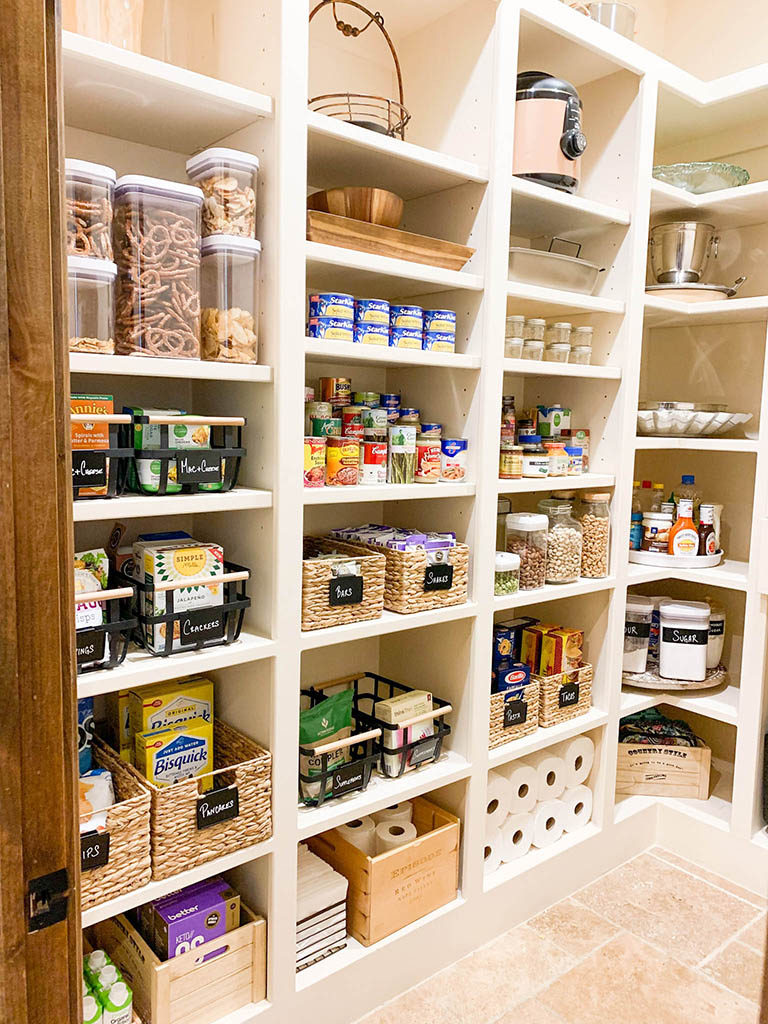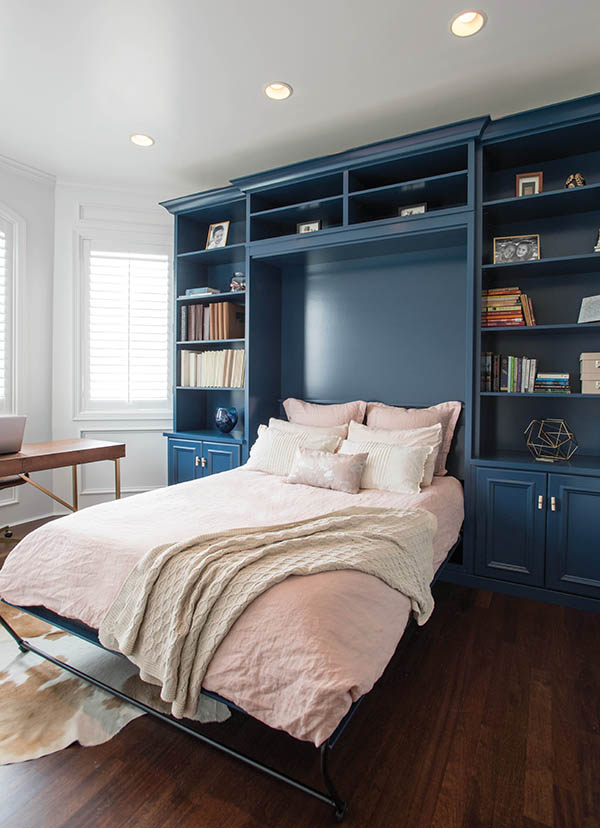If you’ve used your ample time at home in 2020 to (finally) get the house organized, you’re not alone. But if you’re not exactly Marie Kondo—whose book, The Life-Changing Magic of Tidying Up, has gone on to sell millions of copies and inspire legions of clutter-busters, including the new Netflix show The Home Edit—where do you begin? Start with your biggest bugaboos, say the experts. Here, their tips for the top three pain points in any home: the office, the closet and storage in general.
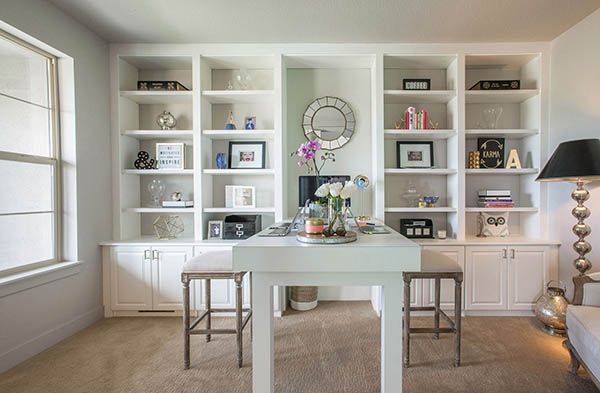
The Office
No surprise that plenty of Coloradans have transitioned into a work-from-home-life this year. But if it’s not (ahem) working for you, don’t fret. Connie Artigues, creator and co-owner of KiO Storage kits, which stands for Keep it Organized, has bountiful advice for making your office as productive as possible. To start? Do the obvious and eradicate the mess…slowly, à la the tortoise and the hare—so you’ll actually get it done. “Do a section at a time,” she says. “One day do your papers; one day do your calendar; one day organize all your files in the file cabinet and label them. But don’t throw everything in your office in a pile, it’s too overwhelming. Don’t try to do it all at once.”
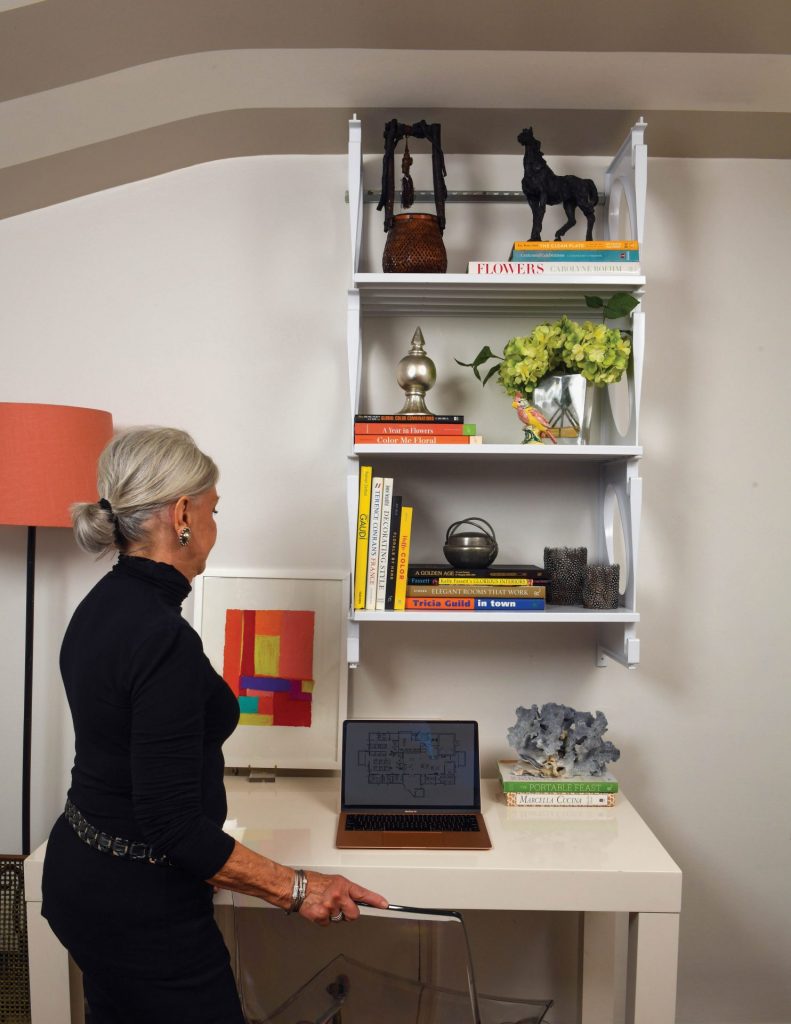
When you’re revamping your office, the most important thing to keep in mind is to make it functional for you and your needs. “So many people have to work in the kitchen or a child’s bedroom [due to COVID-19], and that’s fine, but make your office space—whether it’s a desk or table or whatever—your office. Get rid of everything that doesn’t belong on it.” And even if you lean towards stringent minimalism, be sure to keep your to-do stack, pens, notebooks, files and other office ephemera within sight. “I really believe in visibility,” Artigues says. “You need to see where your papers are, your pens. A lot of people like to hide things so that if someone comes in, they can’t see it. That’s great and looks pretty, but it’s just not sustainable―it doesn’t work long term. You have to organize it. Get a tray and put your papers in it. Get another tray for your pens, even a silverware tray―it doesn’t have to be fancy. I also recommend getting vertical organizers to stack your papers. As long as you keep ‘like’ things together, you’ll be able to find them. The biggest thing when I created this [KiO] system was that I wanted it to be fully functional so you can utilize every inch of it. It’s translucent, so if you put something on the top shelf, you can actually see it and easily access it.”
Streamlining your systems for efficiency means setting yourself up for the next day’s success as soon as the workday is over. “At the end of the day, if you have papers spread all over the place, group them together, put paper clips around them and put them on top of the basket or tray so they’re ready for the next morning. When you’re done, put them away in the filing cabinet—and have a place for everything.”
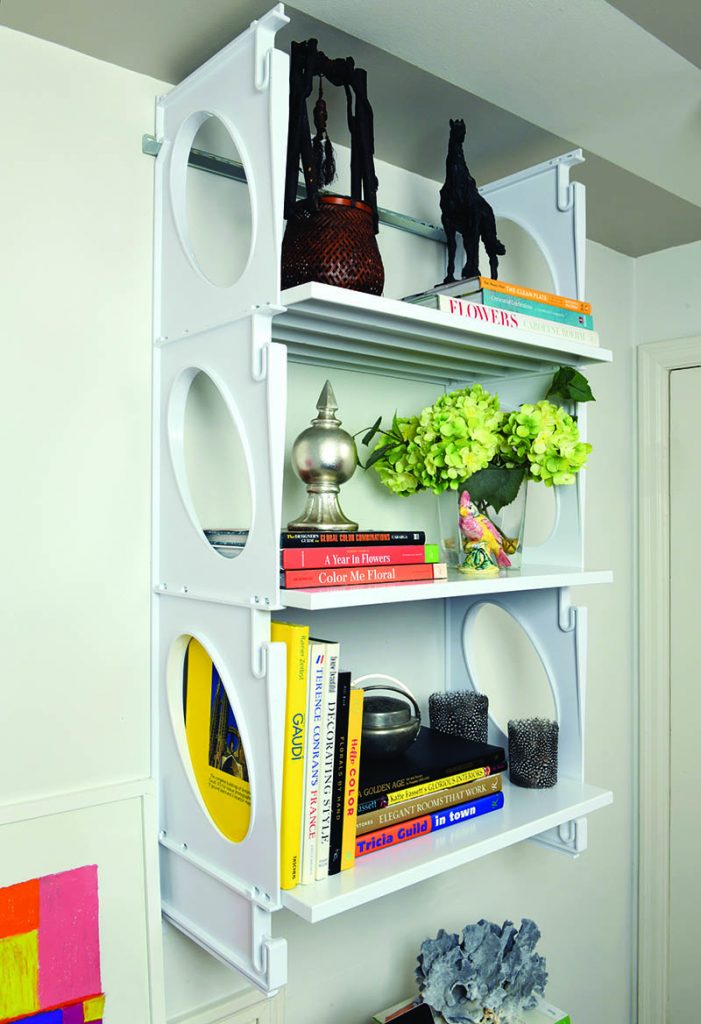
And remember, beauty counts. “Have your entire desk organized so work doesn’t feel like a drudgery the minute you turn on your computer. Have some elements of design to help get your creativity and productivity flowing. Maybe you want a marble top table instead of a desk with a filing cabinet underneath. You can make an old wooden table work too. Adding things that are memorable to you will make the space more enjoyable. Flowers, a fabulous picture of your family or art from a vacation you took can all work wonders for any home office.” Spoken like a true business icon. kiostorage.com
The Storage
When it comes to organizing your storage spaces, Stephanie Sikora—the author, personal organization expert and efficiency strategist behind Life Made Simple—advises to keep one thing top of mind: function over form. “I just left clients who wanted to figure out how to make their space flow from a function perspective,” she says. “It’s about optimization: how to make space better for us not just aesthetically, but how does it function better? How does it flow with the natural behaviors of our home? What I’ve found is people say ‘this space makes me crazy!’ but they’re not taking into consideration the habits of their family. [Forcing them to put their shoes in an out-of-the-way place is] just not how human behavior works.”
To find new storage spaces, look at your space with fresh eyes and consider the unexpected. For instance, “I’m always looking up,” Sikora says. “When you feel like you don’t have space, what vertical space can give you leverage?” One of her clients recently added shelves to maximize vertical area, effectively tripling their storage.
Sikora also has organization hacks galore. Number one? Clean out your horde like Marie Kondo. “Take everything out of the space [be it a closet or cabinet] so you can see it from a clean perspective. Let go of the guilt; you don’t have to keep everything! It’s very freeing.” Decluttering is almost an extracurricular in the current pandemic; Sikora has seen drop-off lines at Goodwill that are 30 cars deep. Once you’ve purged unnecessary belongings, make a trip or two to The Container Store to outfit your space with organization systems. To use every inch of your cabinets, think like Betty Crocker. “Turntables are amazing for pantries; they maximize dead space where things get lost,” Sikora says. Bring back the lazy Susan!” lifemadesimpleathome.com
The Closet
As Vice President of the Closet Factory, Doug Lestikow has watched closet trends come and fade as fast as sartorial choices themselves, from bell bottoms to skinny jeans. “Back when we started you could have any color [custom closet] you wanted, as long as it was white or almond,” he says. “Melamine didn’t necessarily have a very good reputation. But today the finishes are so beautiful that we’ve been doing a lot more work in that realm.”
These days, the sky is the limit with their custom designs—from a Parisian boutique-inspired walk-in closet with a handbag display and built-in vanity to a masculine wood built-in wardrobe in the master bathroom that gives it the feel of a five star destination spa. And a sleek, modern look is more popular than ever. “Embellishments today are getting away from a traditional closet look to a more modern design. A lot of homes now are [adorned in minimalistic] grays and fine lines that are taking over the landscape. Instead of doing traditional raised panel drawers and door faces and traditional crown moldings, we’ve gotten into a lot more what we call textured finish products—textured melamines that are incredibly beautiful and mimic stained wood, and have some dimension to them.”
Key to a closet makeover? Think of your “dressing areas like your happy place,” Lestikow says. “You go there every morning and every evening at a minimum, so it’s a nice place to walk in and be organized.” Speaking of organization: when they have room, plenty of Closet Factory clients opt to install an island in the middle of the space. An island gives them “a packing area and a folding area combined,” he says. “We do a lot of jewelry drawers, including double decker jewelry drawers with two level dividers.” Another trend Lestikow has noticed? Hanging megawatt chandeliers in these jaw-dropping closets to “really deck them out.” New LED lights, which can last for decades before needing to be replaced, allow you to shed a glow on every inch of your wardrobe, effectively turning it into an art gallery of sorts. “A really new trend in the last two years has been adding low voltage lighting into closets, lining the sides of panels with lighting so it shows off the beautiful shoes, or putting lighting above hangings so it highlights the clothes hanging there.” Dream home, meet dream closet. closetfactory.com


